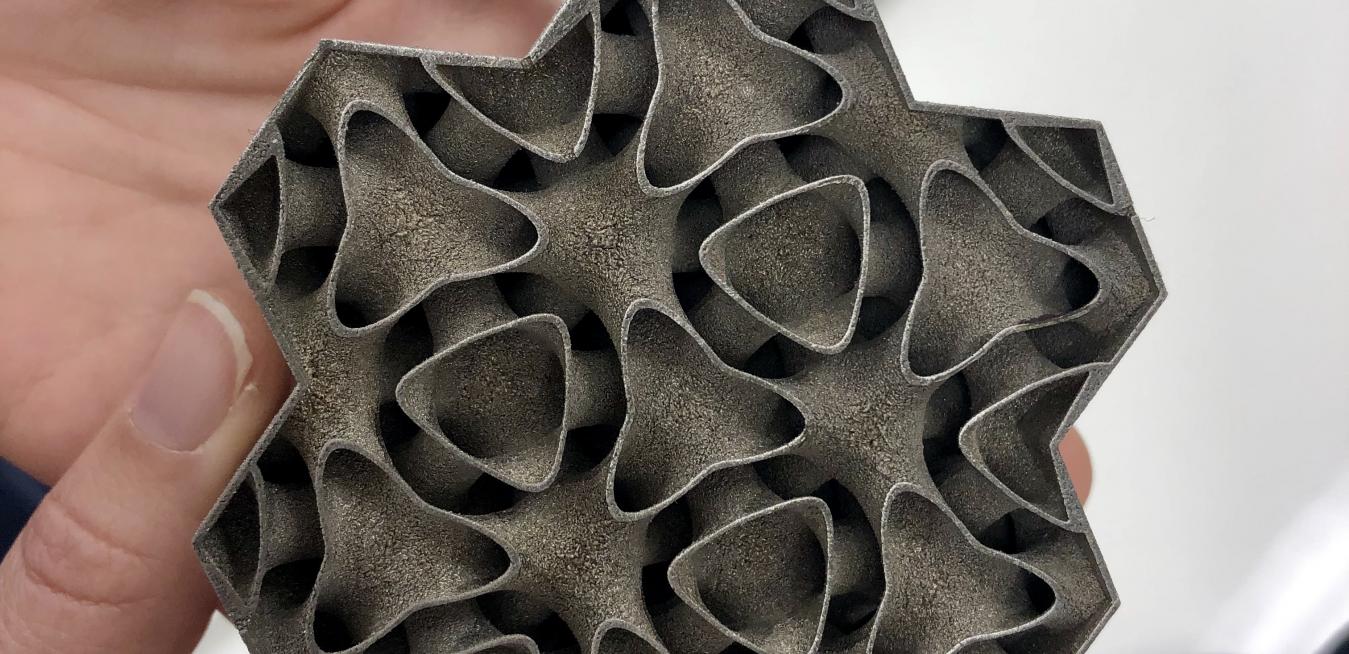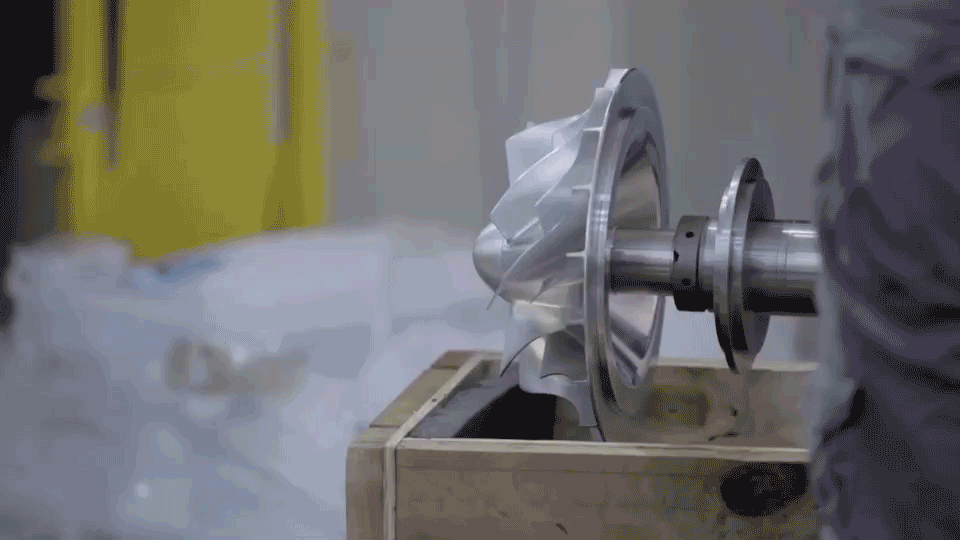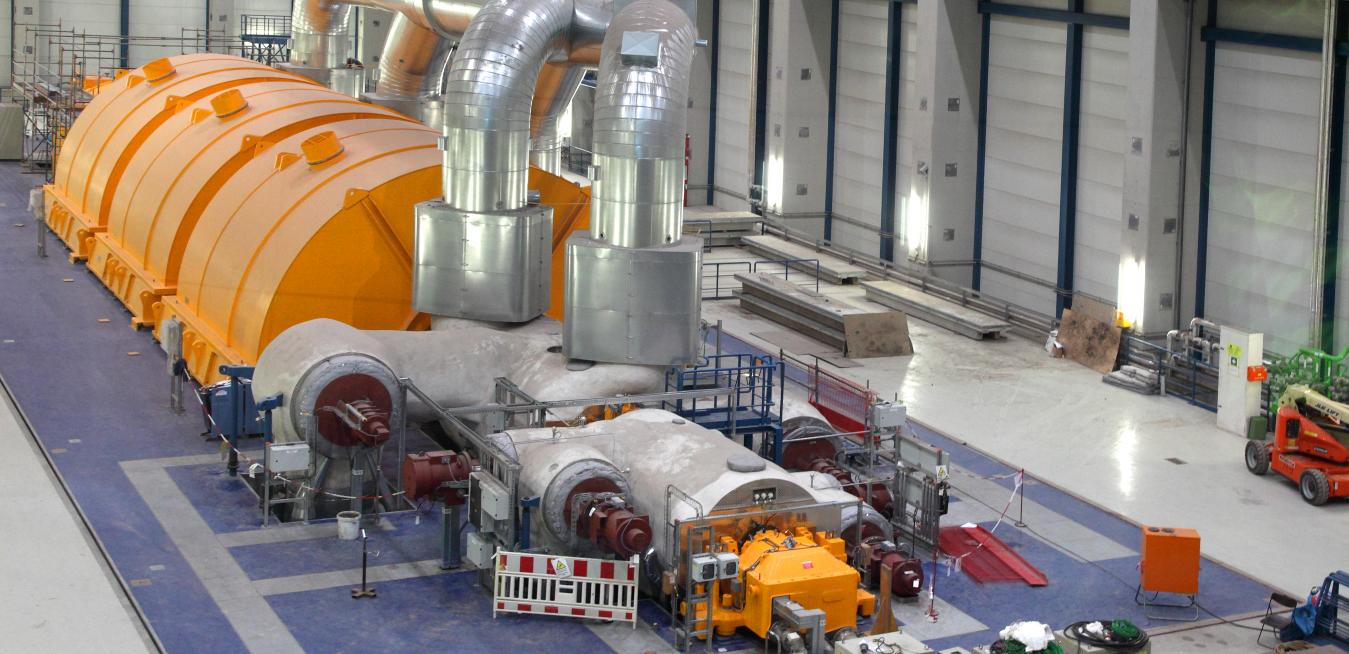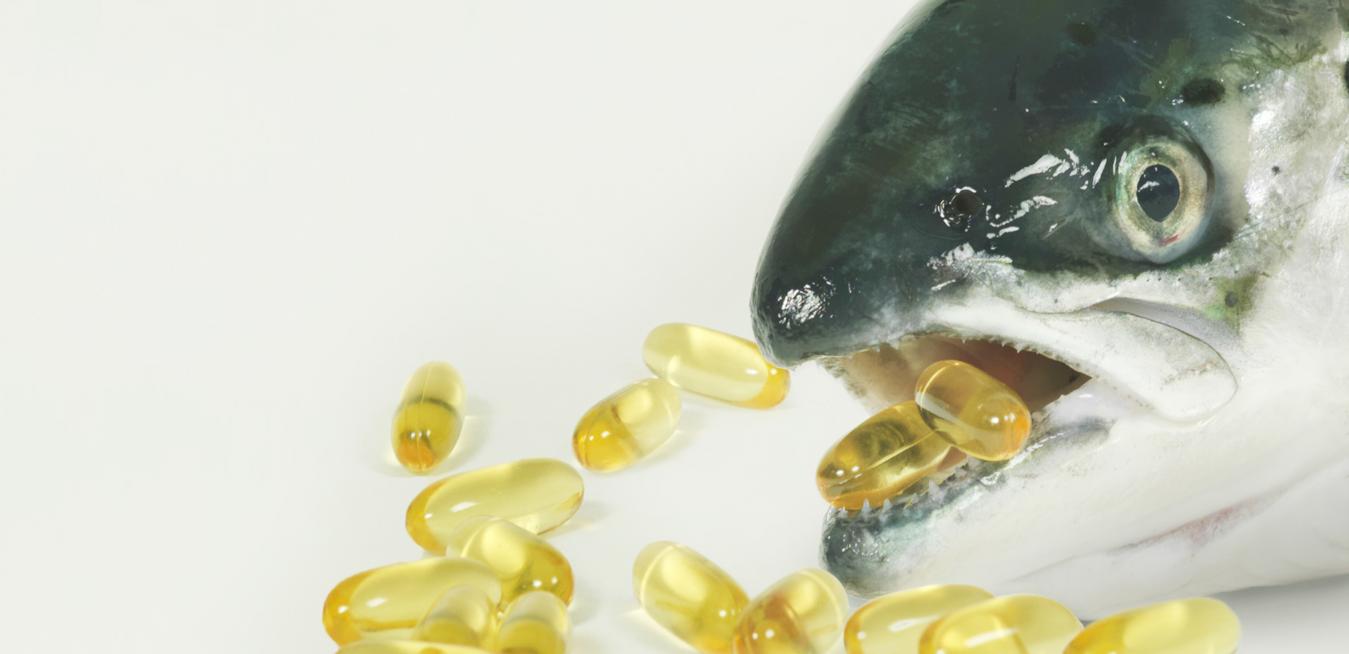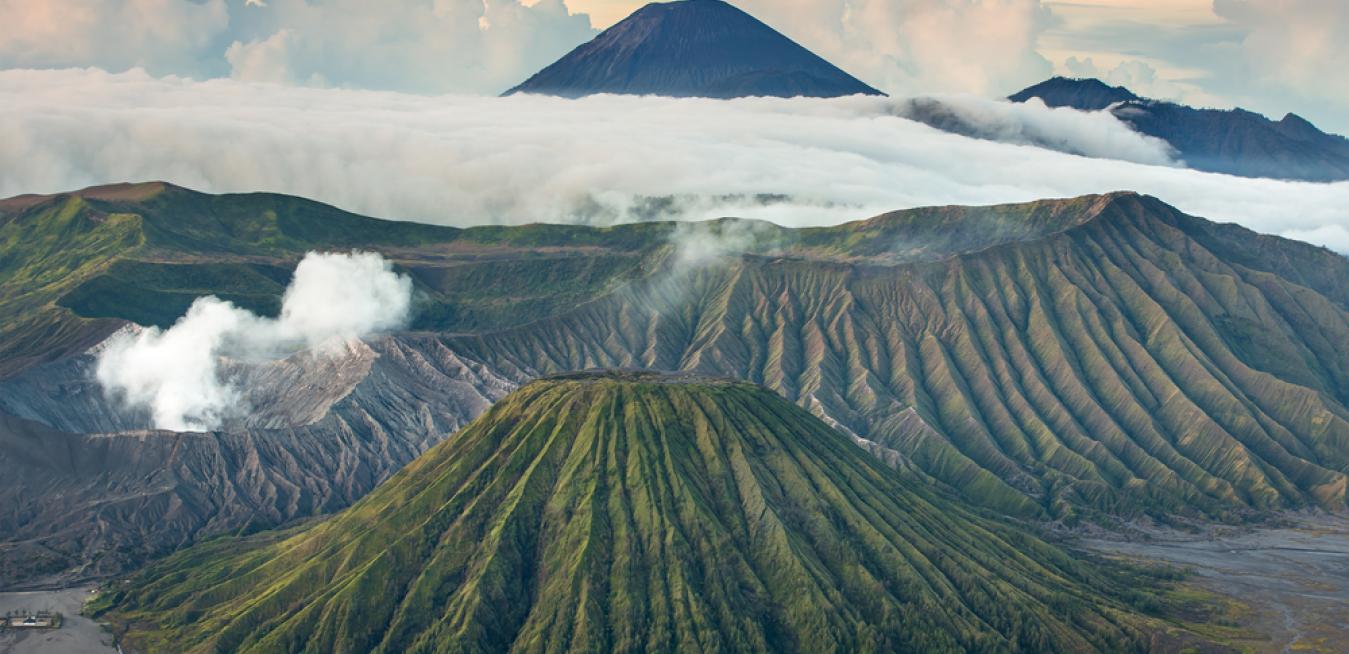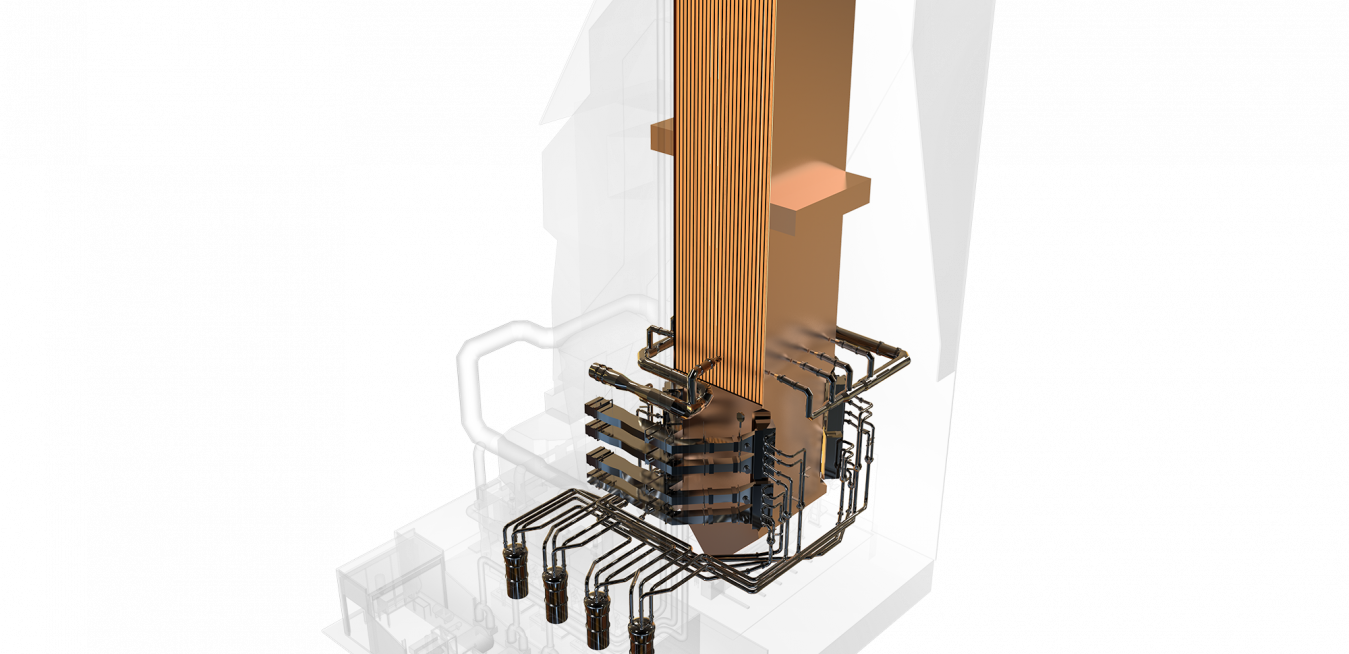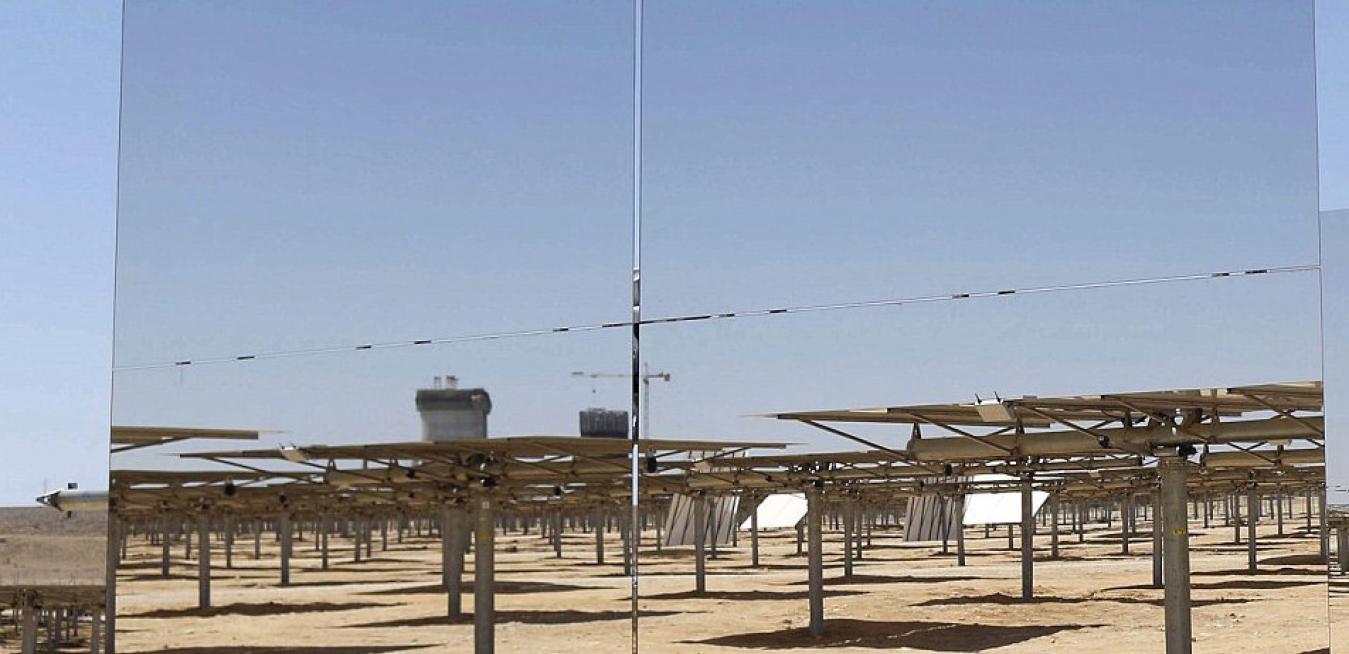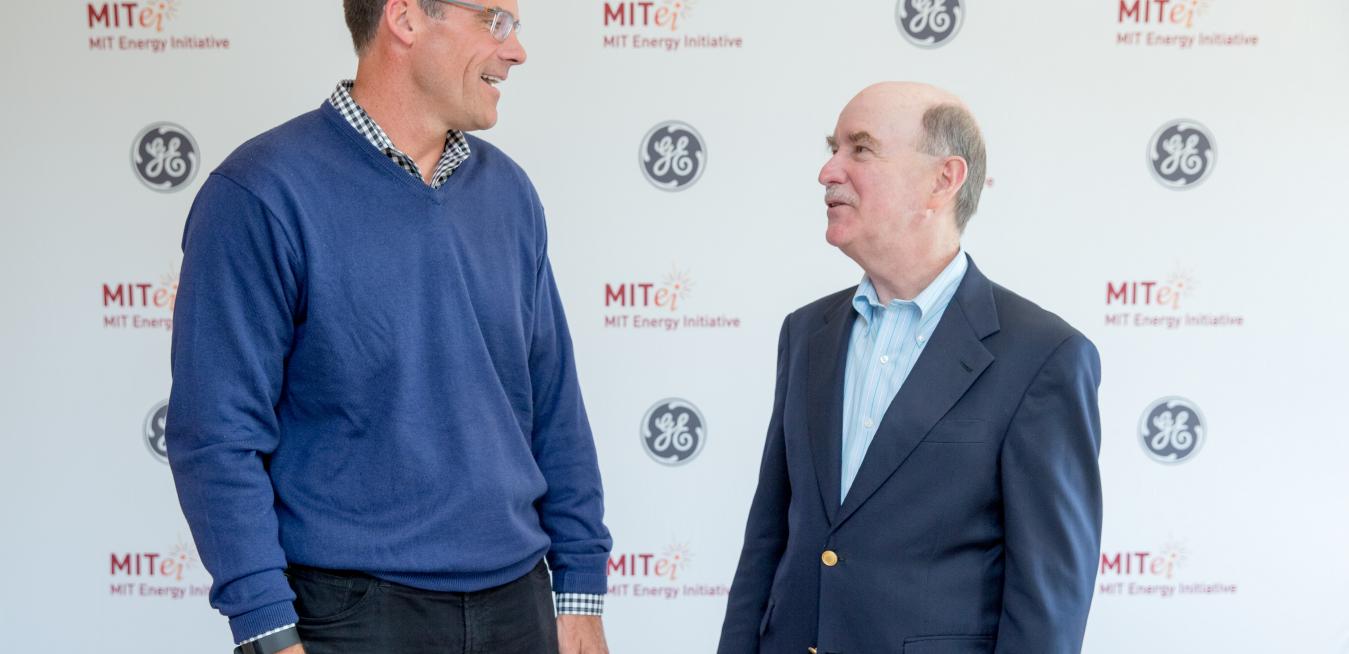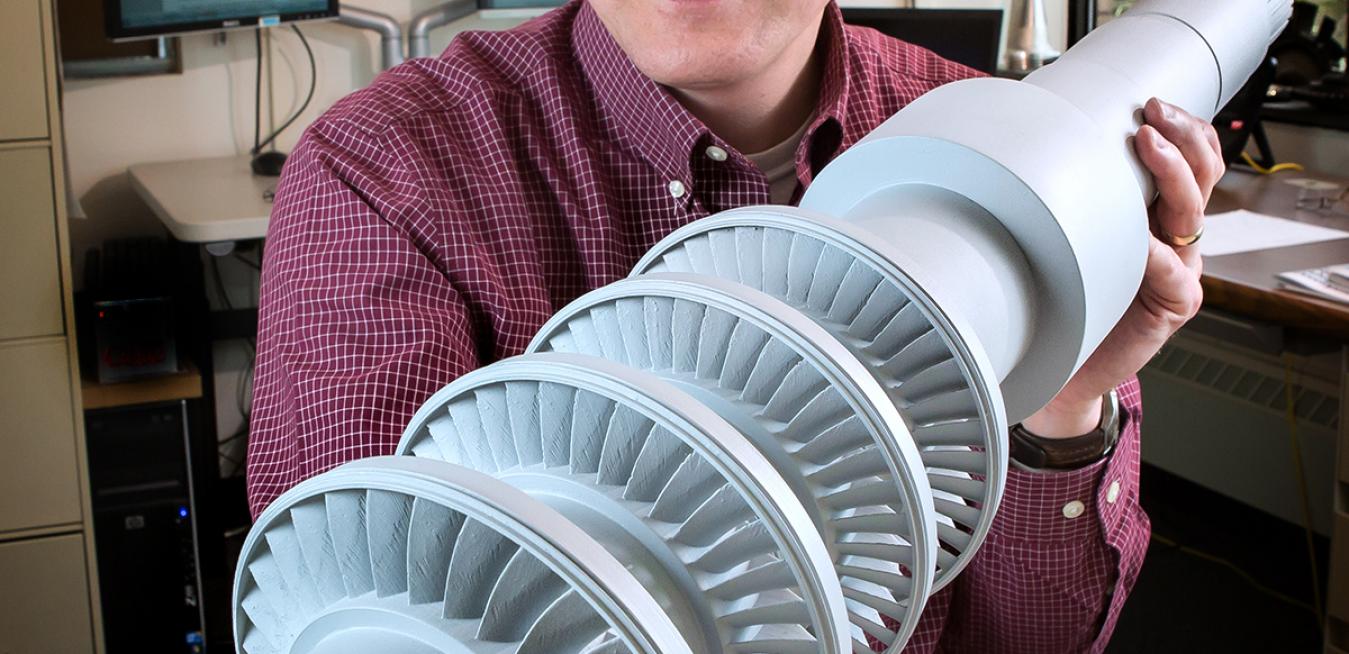When Charles Parsons invented the steam turbine in 1884, it was a monumental advance. More than a century later, engineers are still relying on steam to operate the turbines that generate much of the world’s power. Perhaps it’s about time to take the technology to the next level.
One way to do that is to draw inspiration from the human body. That’s exactly what Peter deBock and his colleagues at GE Research in Niskayuna, New York, did: They devised a heat exchanger — an essential component of the cooling system of a power turbine — that mimics human lungs.
Could Coal Get The Benjamin Button Treatment?
https://www.youtube.com/watch?v=03gWgCN61F0
Với công nghệ mới, lượng phát thải CO2 của các nhà máy điện than có thể giảm ít nhất 2 tỉ tấn mỗi năm.
Công nghệ mới này tập trung vào việc nâng cao hiệu suất sử dụng của nguồn nhiệt lượng có được nhờ đốt than. Theo tính toán, tăng 1% hiệu suất của các nhà máy điện than đồng nghĩa với giảm 2% lượng CO2 các nhà máy này xả ra môi trường.
It’s not often that you hear about the virtues of carbon dioxide, one of the main contributors to global warming. But one refinery on the windswept west coast of Norway will soon start sequestering CO2 by feeding it to fish.
Though small in stature, the turbine in the photos could contribute to solving some of the world’s biggest energy challenges, not to mention powering an entire town, says Doug Hofer, a steam turbine specialist at GE Global Research.
